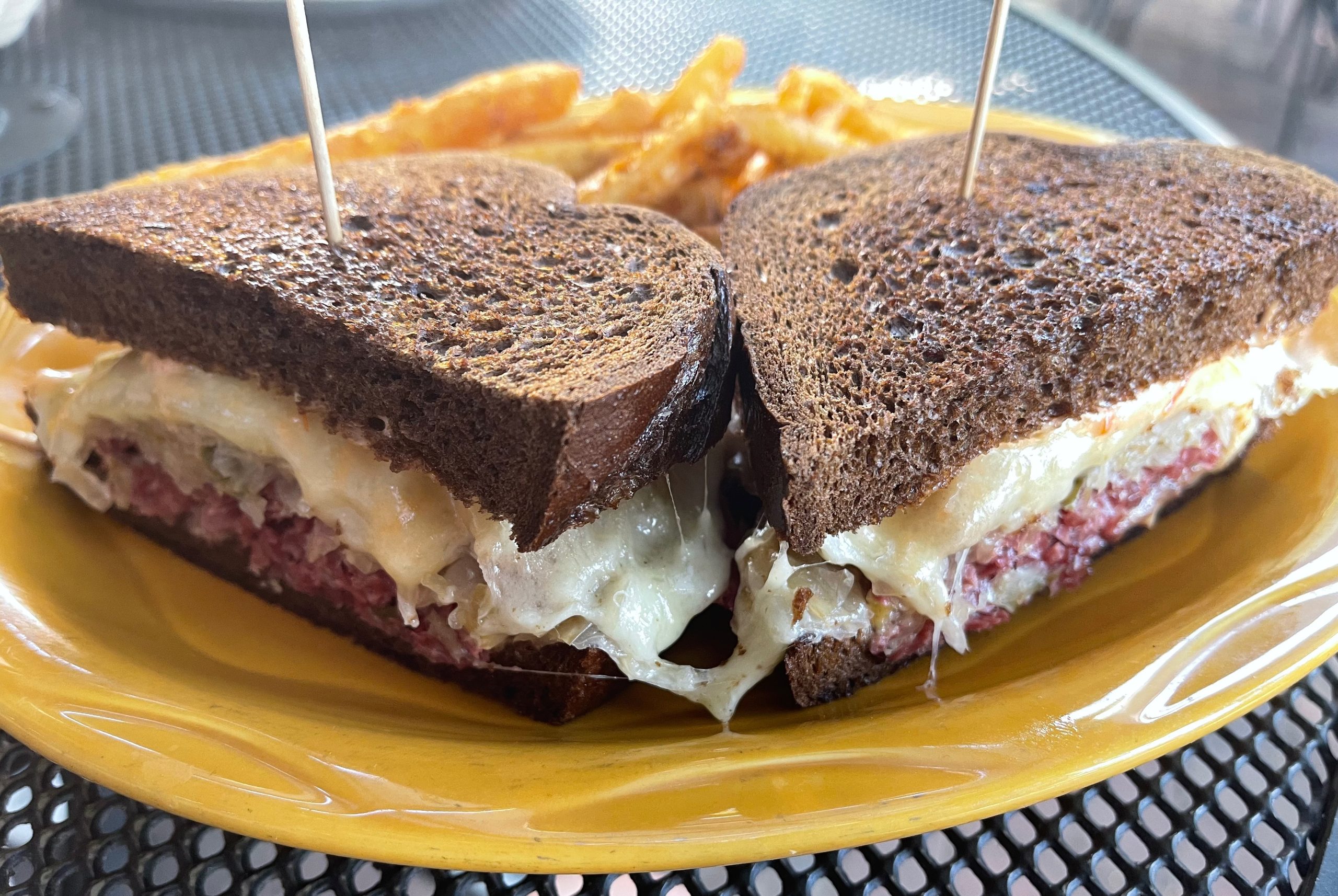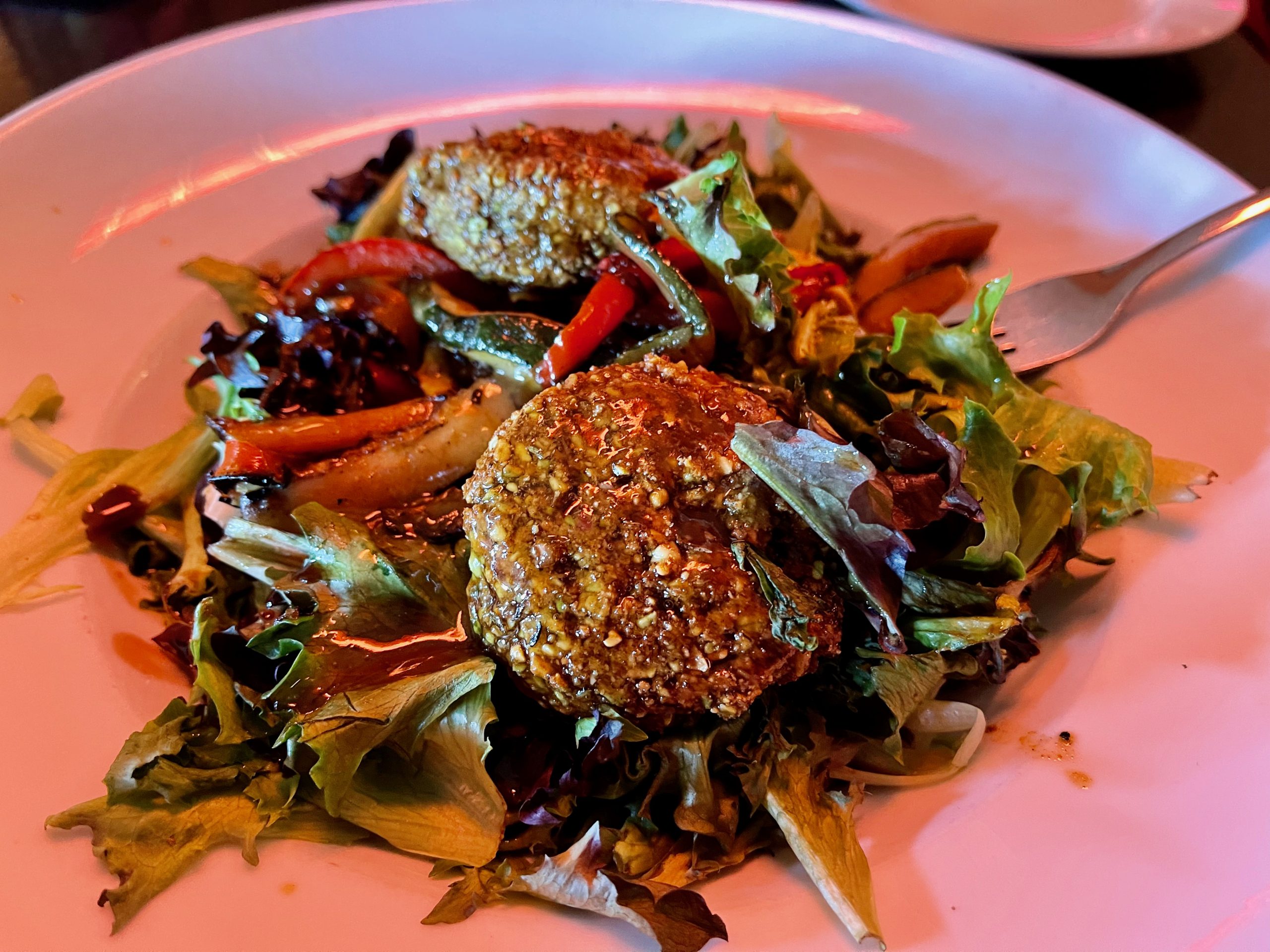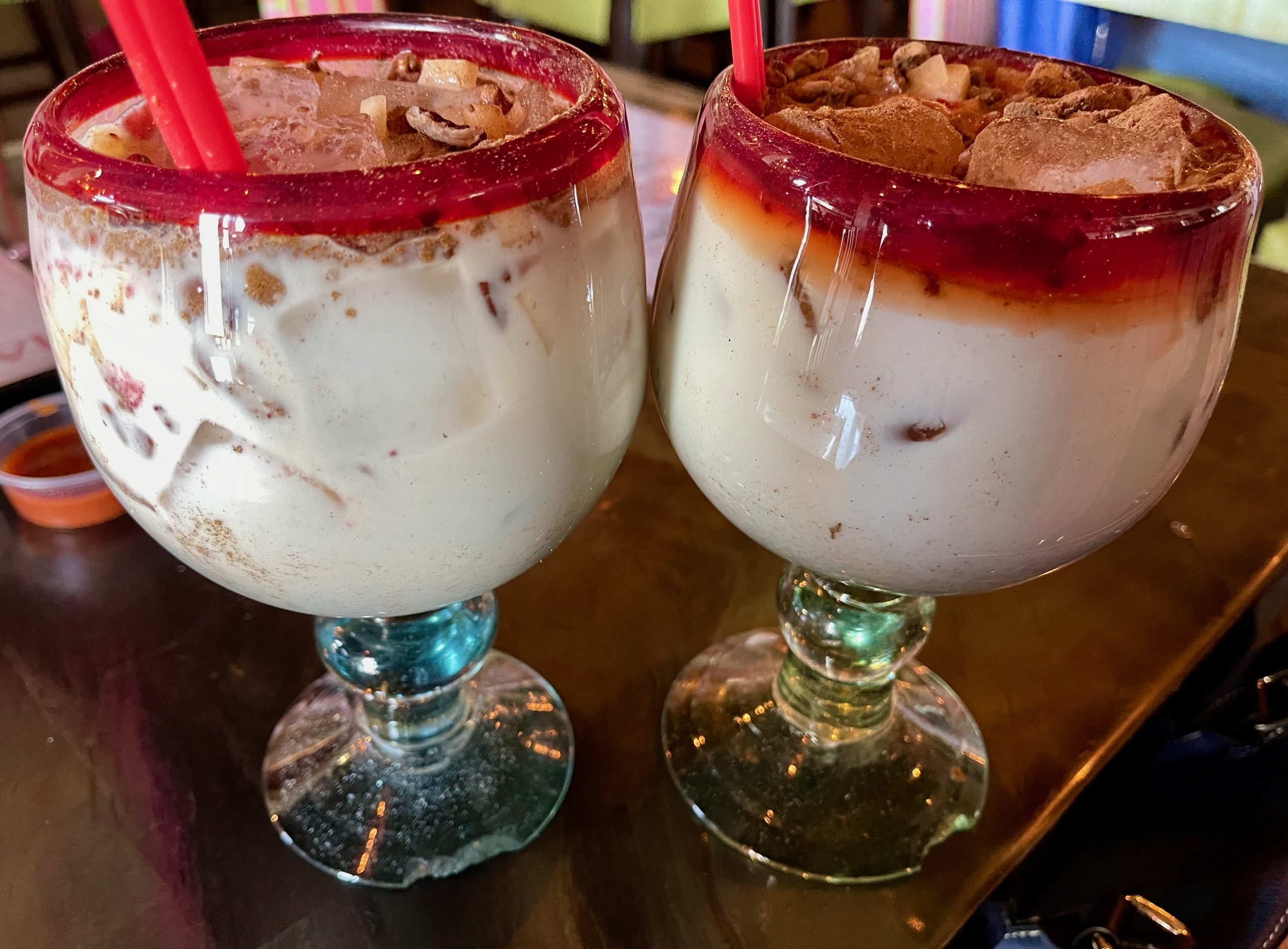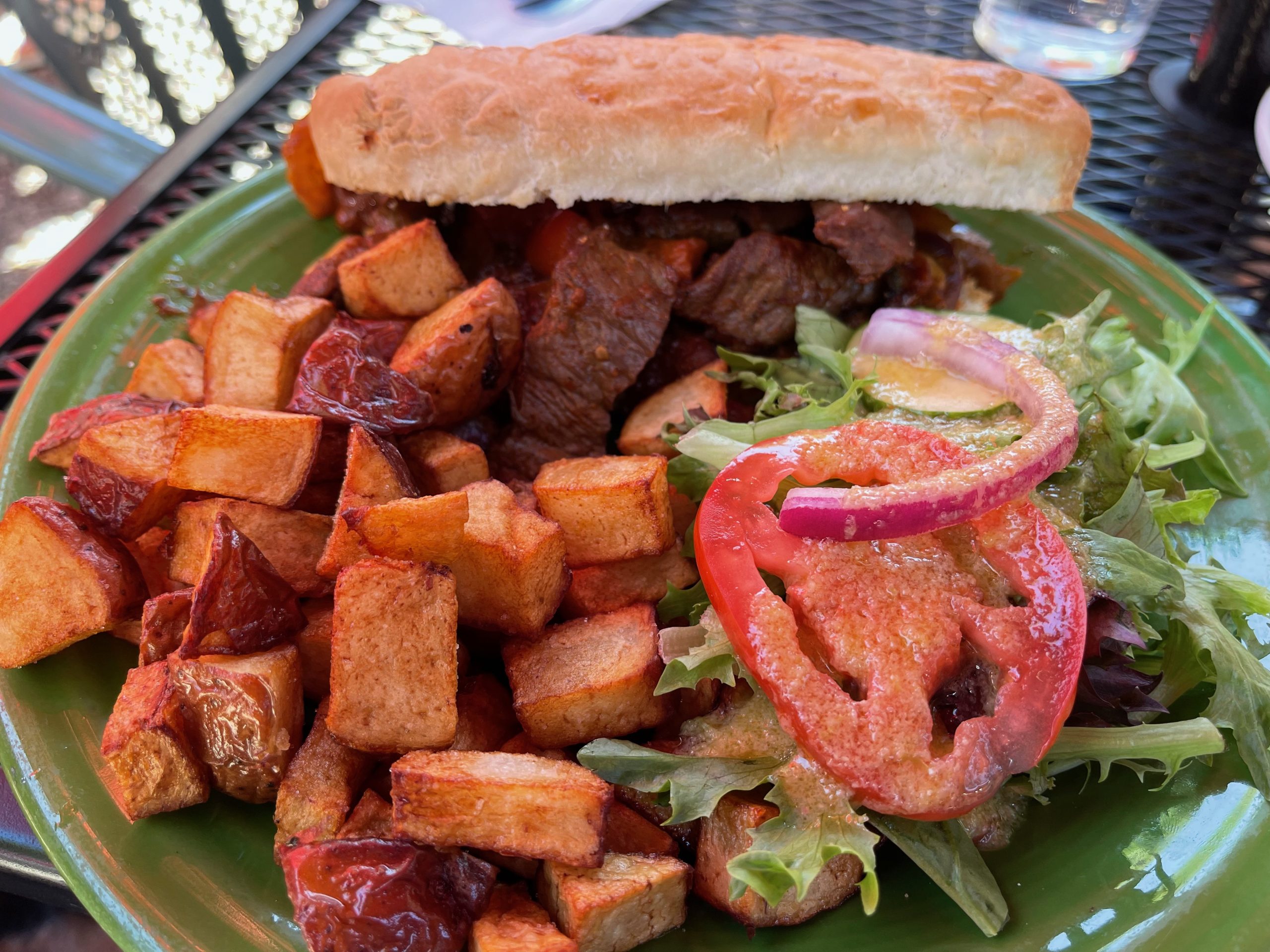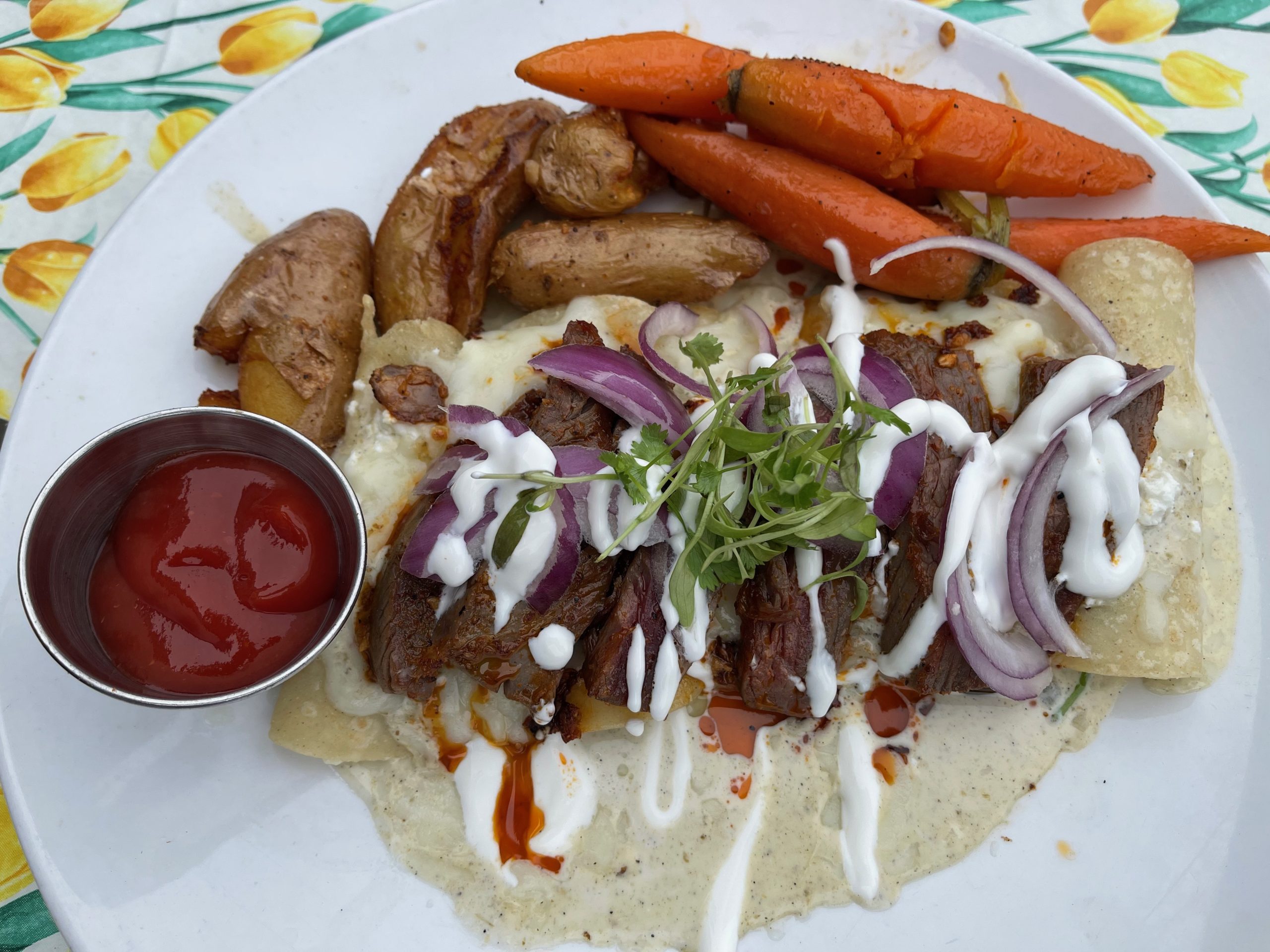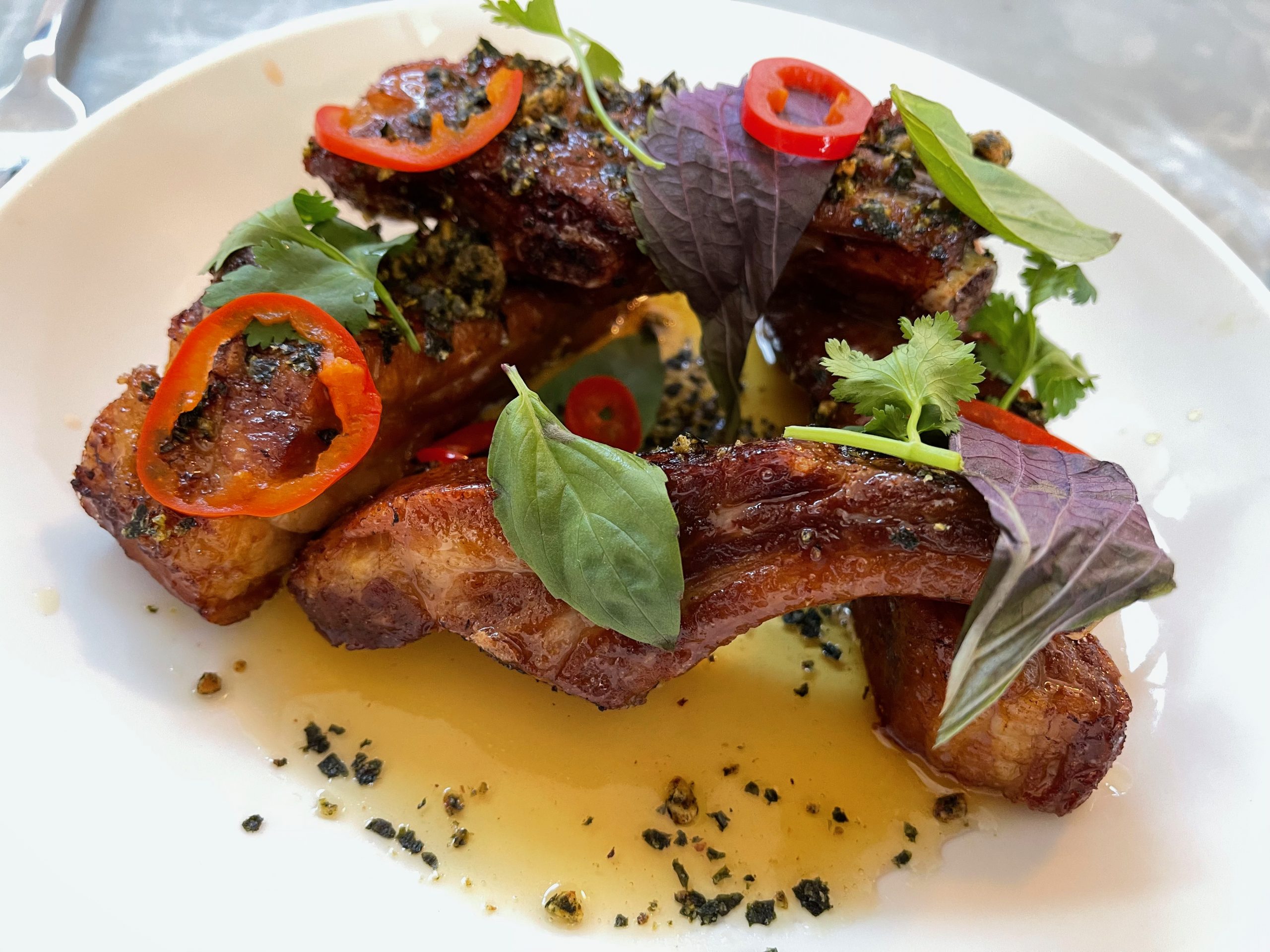Dr. Field Goods Kitchen – Santa Fe, New Mexico
At first contemplation, Dr. Field Goods sounds like a strange name for a restaurant. To the lexicologist in me, it brought to mind the Hippocrates missive “Let food be thy medicine and medicine be thy food.” To the white-coat-syndrome suffering, borderline iatrophobe in me, the name sent shivers down my spine. To the gastronome in me who finally realized the emphasis is on “field goods” and not on “Doctor,” the name elicited a curiosity that wouldn’t be sated, especially after an effusive recommendation from the Lobo Lair (good luck finding the specific post). As you’ve probably surmised, Dr. Field Goods is all about using fresh, local ingredients (“field goods”), a farm-to-table approach which delights the locavores among us who prefer…
